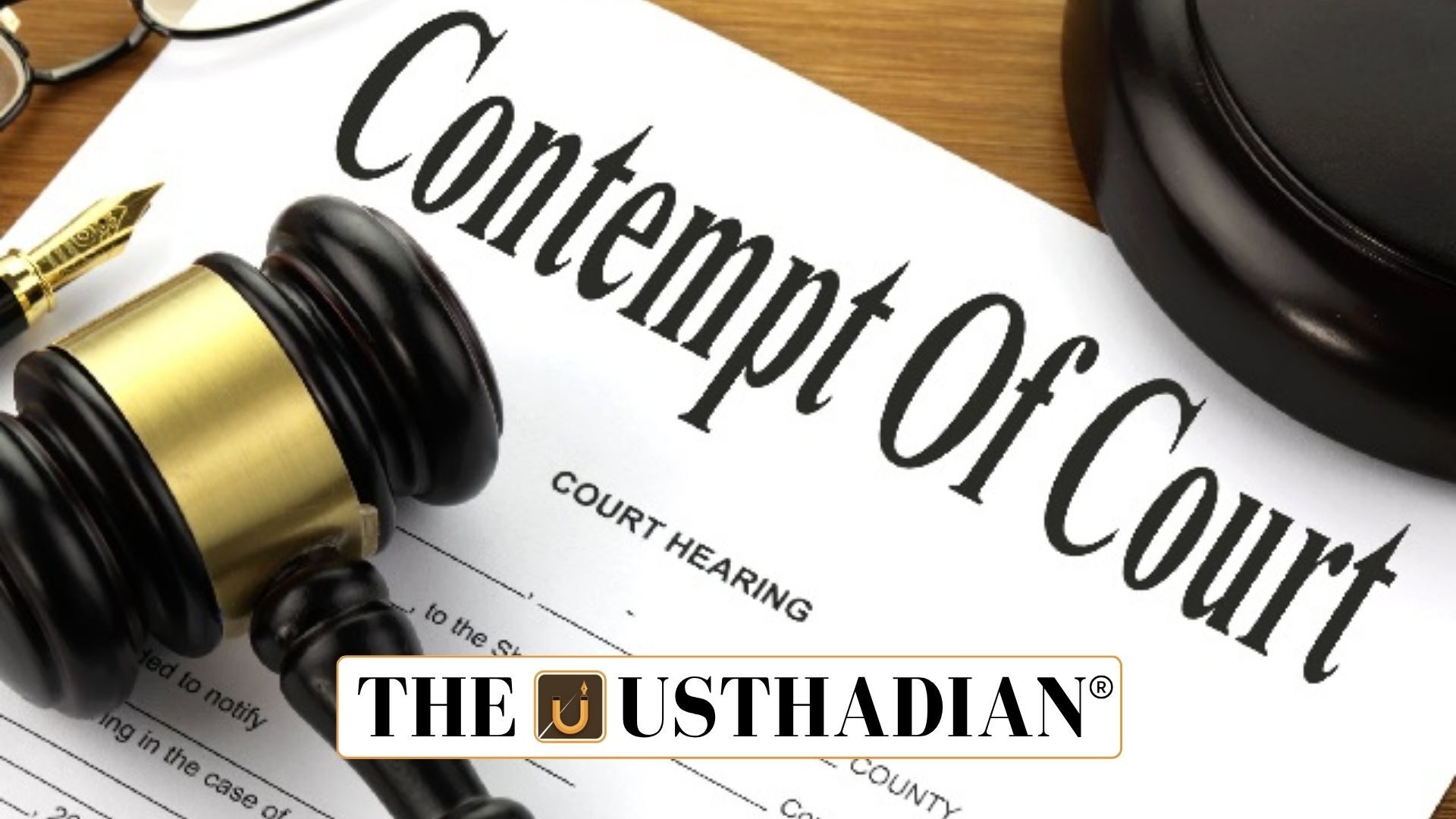Court and legislature clash debate
Contempt of Court and Legislative Powers: The Supreme Court of India, in the Nandini Sundar vs State of Chhattisgarh case, made an important clarification. It ruled that making a law that contradicts a court order is not Contempt of Court. This means Parliament or State Legislatures are not guilty of contempt just because their laws go against past judicial rulings.
The judgment explains that legislatures can override a judicial verdict by simply removing the base of the ruling through new legislation. They can even revive a struck-down law by bringing a constitutional amendment, which is fully within their powers. So, lawmaking and judicial orders may seem at odds, but both have distinct spaces.
What is contempt of court?
Contempt of Court means disobeying or showing disrespect to a court. This could be by words, actions, or even publications that reduce the authority or dignity of the judiciary.
Legislative backing
India’s Contempt of Courts Act, 1971 is the law that lays out what counts as contempt and how it is dealt with. The 1975 Rules guide the process, especially in the Supreme Court.
Types of contempt
There are two main types of contempt:
- Civil Contempt: This happens when someone wilfully disobeys court orders or doesn’t follow promises made to the court.
- Criminal Contempt: This is more serious. It includes anything that:
- Scandalises or lowers the authority of the court
- Affects ongoing court proceedings
- Interrupts the smooth functioning of justice
Contempt has some safeguards
Not every mistake leads to contempt. There are exceptions in the law. For instance:
- Fair and accurate reporting of court proceedings is allowed.
- Innocent publication or unintentional contempt is protected.
- Even fair criticism of a judge’s ruling is not punishable.
This shows that the law supports free speech to a reasonable extent, while also protecting court dignity.
Major concerns about contempt laws
There are some genuine issues in the way contempt laws are used:
- Too many cases: Over 1,800 contempt cases are pending in the Supreme Court, and about 1.43 lakh in High Courts.
- Discretionary use: Courts can take action even in minor or unclear situations, which raises concerns.
- Vague language: Terms like “scandalising the court” are not clearly defined. This leaves space for misuse.
Constitution and contempt powers
- Article 129: Empowers the Supreme Court to act as a Court of Record and punish for its contempt.
- Article 215: Gives the High Courts similar powers.
- Article 142: Allows the SC to pass orders for complete justice, including contempt orders.
- Article 19(2): Allows restrictions on free speech if it includes contempt of court.
Static Usthadian Current Affairs Table
Contempt of Court and Legislative Powers:
| Topic | Details |
| Contempt of Court Act | Passed in 1971, it defines and limits the powers for contempt |
| Rules for SC Contempt | Came into effect in 1975 |
| Types of Contempt | Civil and Criminal |
| SC Judgment 2025 | Nandini Sundar case clarified no contempt if law contradicts order |
| Article 129 & 215 | Powers to punish for contempt in SC and HCs respectively |
| Pending Contempt Cases | Over 1,800 in SC, 1.43 lakh in HCs |
| Important Exception | Fair criticism and accurate reporting not contempt |
| Related Fundamental Right | Article 19(1)(a) (freedom of speech), with limits in 19(2) |
| Court of Record | A court whose acts are recorded for evidence and legal reference |








